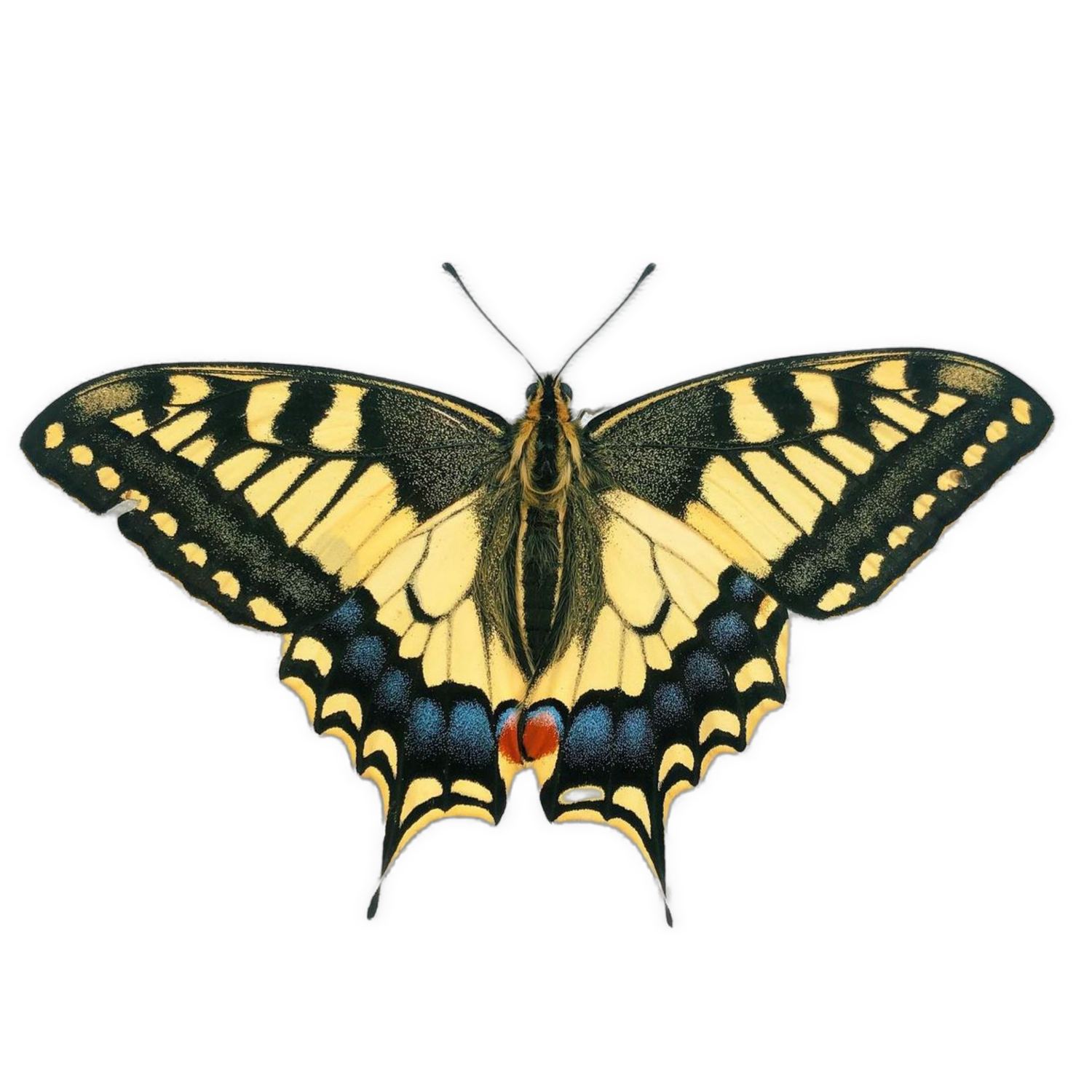Callosamia promethea EGGS
This is a really fascinating North American silkmoth species. The adult male and female look like entirely different species - the male has angular wings which are jet black or sometimes grey, while the female has rounded wings, is significantly larger, and occurs in shades of brown, orange and red. Curiously, these moths fly by day and are most active in the late morning and early afternoon when females release pheromones and males come flying in search of a mate. Caterpillars go through multiple stages and look vastly different as hatchlings compared to at maturity, they eat a variety of host plants and seem to show regional preferences, however species like Willow, Birch, Cherry, Tulip Tree, are all readily accepted.
Difficulty - Cocoons are easy (1/10); caterpillars can be challenging (7/10)
Host plants - Cherry; Birch; Willow; Tulip Tree; Ash; Sweet Gum; Magnolia; & multiple others
Conditions - Room temperature
Lifecycle - Two broods annually with the second overwintering as cocoons
This is a really fascinating North American silkmoth species. The adult male and female look like entirely different species - the male has angular wings which are jet black or sometimes grey, while the female has rounded wings, is significantly larger, and occurs in shades of brown, orange and red. Curiously, these moths fly by day and are most active in the late morning and early afternoon when females release pheromones and males come flying in search of a mate. Caterpillars go through multiple stages and look vastly different as hatchlings compared to at maturity, they eat a variety of host plants and seem to show regional preferences, however species like Willow, Birch, Cherry, Tulip Tree, are all readily accepted.
Difficulty - Cocoons are easy (1/10); caterpillars can be challenging (7/10)
Host plants - Cherry; Birch; Willow; Tulip Tree; Ash; Sweet Gum; Magnolia; & multiple others
Conditions - Room temperature
Lifecycle - Two broods annually with the second overwintering as cocoons
This is a really fascinating North American silkmoth species. The adult male and female look like entirely different species - the male has angular wings which are jet black or sometimes grey, while the female has rounded wings, is significantly larger, and occurs in shades of brown, orange and red. Curiously, these moths fly by day and are most active in the late morning and early afternoon when females release pheromones and males come flying in search of a mate. Caterpillars go through multiple stages and look vastly different as hatchlings compared to at maturity, they eat a variety of host plants and seem to show regional preferences, however species like Willow, Birch, Cherry, Tulip Tree, are all readily accepted.
Difficulty - Cocoons are easy (1/10); caterpillars can be challenging (7/10)
Host plants - Cherry; Birch; Willow; Tulip Tree; Ash; Sweet Gum; Magnolia; & multiple others
Conditions - Room temperature
Lifecycle - Two broods annually with the second overwintering as cocoons


